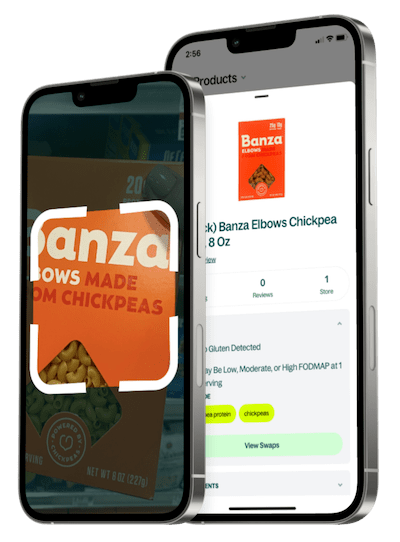Is Similac Pro Advance Low FODMAP?


Ingredients
Fibre / Fibres, 2'-fucosyllactose (2'-FL), Ash / Cendres, Inositol, Lutein / Lutéine, Nucleotide Equivalents, Équivalents nucléotidiques., Vitamin A/Vitamine A, Vitamin D/Vitamine D, Vitamin E/Vitamine E, Vitamin K/Vitamine K, Vitamin C/Vitamine C, Thiamine, Riboflavin / Riboflavine, Niacin / Niacine, Vitamin B6 / Vitamine B6, Folic Acid / Acide folique, Vitamin B12 / Vitamine B12, Pantothenic Acid, Acide pantothénique., Biotin / Biotine, Choline, Sodium, Potassium, Chloride / Chlorure, Calcium, Phosphorus / Phosphore, Magnesium / Magnésium, Iron / Fer, Zinc, Iodine / Iode, Copper / Cuivre, Manganese / Manganèse, Selenium / Sélénium, Energy / Énergie, Protein / Protéines, Taurine, Carnitine, Tryptophan / Tryptophane, Fat / Lipides, Linoleic Acid / Acide linoléique, Linolenic Acid / Acide linolénique, Arachidonic Acid, Acide arachidonique (ARA), Docosahexaenoic Acid (DHA), Acide docosahexaénoïque (ADH), Carbohydrate / Glucides
What is a Low FODMAP diet?
A Low FODMAP diet limits foods high in certain short-chain carbohydrates (FODMAPs) that can be poorly absorbed in the gut. These include specific sugars found in foods like onions, garlic, beans, apples, and wheat. It's commonly followed by people with irritable bowel syndrome (IBS) or other digestive sensitivities to reduce bloating, gas, and discomfort. The diet typically involves an elimination phase, followed by gradual reintroduction to identify personal triggers. When followed carefully, often with a dietitian's guidance, a Low FODMAP diet can help manage symptoms while maintaining a balanced and varied intake of nutrients.


